
Struggling with the effects of hard water? A water softener may hold the answer. These ingenious devices are designed to combat the adverse effects of mineral-rich water. On this page, we will delve into the inner workings of a water softener, explain how they soften water, and explore the benefits of enjoying softened water in your home.


What is a Water Softener?
Before we delve into the mechanics, let’s start with the basics. A water softener is a device that removes minerals, such as calcium and magnesium, from hard water, transforming it into soft water. This is achieved through a process called ion exchange, which we’ll discuss in more detail shortly.
How Does a Water Softener Work?
Water softeners primarily employ a process called ion exchange to remove the minerals responsible for water hardness. Ion exchange is a process used in water treatment and other applications to remove or exchange ions in a solution. It's important to note that specific details of the ion exchange process can vary depending on the application and the type of ion exchange system used. However, these general steps provide an overview of the ion exchange process and its key stages. The main steps in the ion exchange process are:
1. Resin Selection
The first step is to select the appropriate ion exchange resin based on the specific ions to be removed or exchanged. Different resins have different affinities for various ions, so choosing the right resin is crucial for effective ion exchange.
2. Pre-treatment
Prior to the ion exchange process, it may be necessary to pretreat the feed water to remove any suspended solids, sediments, or other impurities. This helps prevent fouling or clogging of the ion exchange resin.
3. Bed Preparation
The ion exchange resin is typically in the form of small beads or granules. These resin beads are loaded into a column or vessel, forming a packed bed. The bed is often supported by a layer of gravel or other inert material to facilitate proper flow distribution.
4. Conditioning
The resin bed is conditioned or regenerated before it can be used for ion exchange. This step involves rinsing the resin with a regenerant solution, typically a strong acid or base, to remove any previously adsorbed ions or contaminants and restore the resin’s ion exchange capacity.
5. Ion Exchange Process
Once the resin bed is conditioned, the actual ion exchange process begins. The feed water or solution containing the target ions passes through the resin bed. As the solution flows through the resin bed, the target ions in the solution are attracted to the resined onto the resin while the displaced ions are released into the solution.
6. Rinse
After the ion exchange process, a rinse step is typically performed to remove any residual contaminants or regenerant from the resin bed. This helps ensure the treated water meets the desired quality standards and avoids any carryover of unwanted substances.
7. Regeneration
Over time, the ion exchange resin becomes exhausted and loses its ion exchange capacity. Regeneration is required to restore the resin’s effectiveness. This involves passing a regenerant solution through the resin bed to remove the adsorbed ions and replenish the functional groups. The regenerant solution is then rinsed out, and the resin bed is ready for the next cycle of ion exchange.
Regeneration process options
Regeneration process options are the different methods or systems used in various industries to perform the regeneration of certain resources or components. Here are three common types of regeneration processes:
Timer-based regeneration systems
Timer-based systems are programmed to initiate the regeneration process at pre-determined intervals. This method is often used in scenarios where regeneration is required periodically, regardless of the actual usage or depletion level of the resource. For example, in water softening systems, the resin bed that removes minerals from the water may need to be regenerated every few days or weeks, irrespective of the amount of water used. Timer-based systems are relatively simple and cost-effective, but they may result in regeneration occurring even when it’s not necessary, leading to unnecessary resource consumption.
Meter-based regeneration systems
Meter-based regeneration systems rely on measuring the usage or depletion of a resource before initiating the regeneration process. These systems use flow meters or other measuring devices to track the volume or level of the resource being treated. Once a certain threshold or depletion level is reached, the system automatically triggers the regeneration process. This approach is commonly employed in water filtration systems, where the regeneration of filters or membranes occurs when the flow rate or pressure drop exceeds a specified limit. Meter-based systems offer more accurate regeneration timing, reducing resource wastage and optimising efficiency.
On-demand regeneration systems
On-demand regeneration systems initiate the regeneration process in response to a specific trigger or request. These systems are designed to perform regeneration only when required, based on real-time data or user input. For instance, in certain industrial processes, catalysts or adsorbents may need regeneration when their performance deteriorates or when a specific chemical reaction needs to be optimised. On-demand regeneration systems enable more precise control over the regeneration process and prevent unnecessary regeneration cycles, saving resources and enhancing overall performance.
The choice of regeneration process option depends on the specific application, resource characteristics, and desired level of control. Timer-based systems are suitable for scenarios where regeneration needs to occur regularly, regardless of resource usage. Meter-based systems offer better efficiency by regenerating resources based on actual usage or depletion levels. On-demand regeneration systems provide the highest level of control and responsiveness, initiating regeneration precisely when needed, minimising waste, and optimising resource utilisation.
The Benefits of Softened Water
Reduced Limescale
Softened water prevents the build-up of limescale in pipes, fixtures, and appliances, which can prolong their lifespan and improve their efficiency.
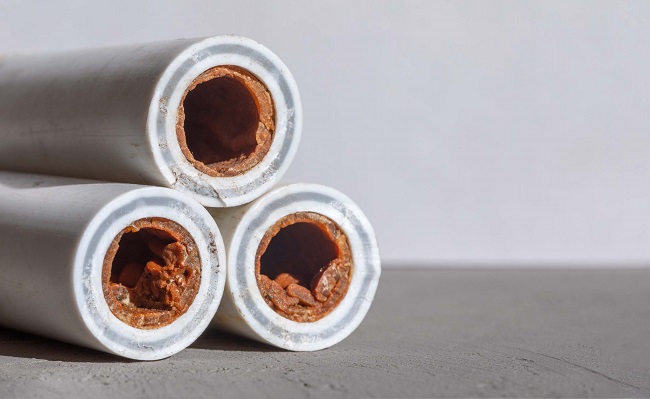
Softer Skin and Hair
Soft water is gentler on your skin and hair, leaving them feeling smoother and less prone to dryness and irritation.
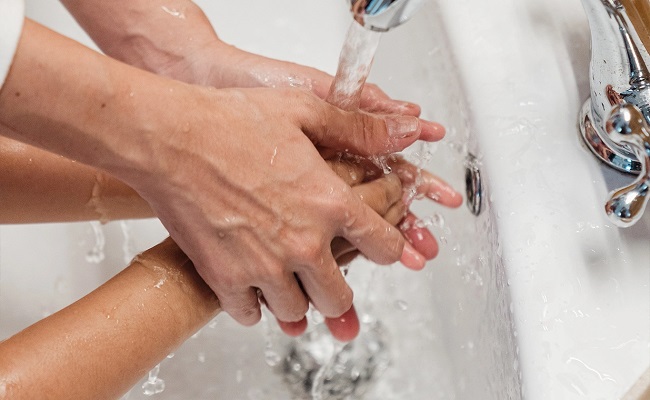
Increased Soap Efficiency:
Soap and detergents lather more easily in soft water, leading to better cleaning and potentially reducing the amount of soap needed.
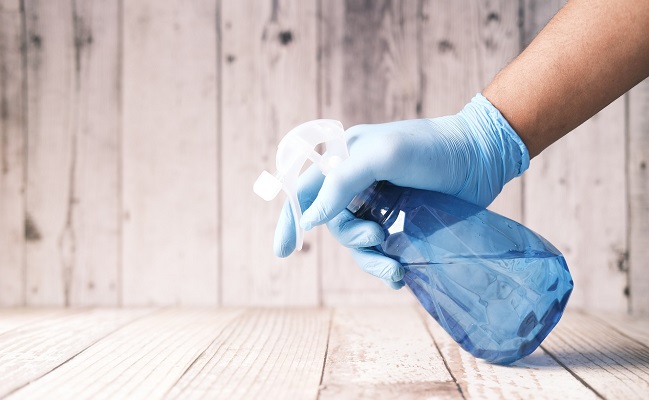
Cleaner Surfaces
Soft water helps eliminate soap scum and reduces the need for harsh cleaning products, making household cleaning easier and more effective.
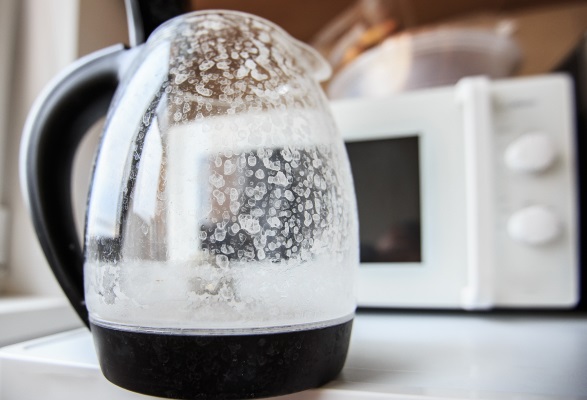
Improved Appliance Performance
Softened water reduces mineral deposits in appliances such as dishwashers, washing machines, and water heaters, resulting in improved performance and energy efficiency.
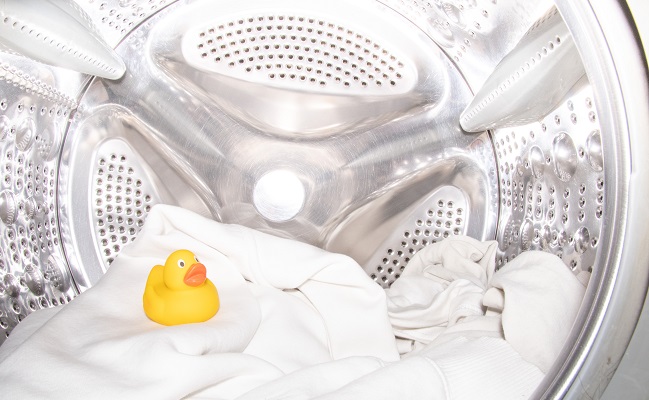
Summary
A water softener is a valuable addition to any household dealing with hard water issues. By employing the ion exchange process, these devices effectively remove calcium and magnesium ions from water, providing numerous benefits. From reducing limescale build-up to enjoying softer skin and hair, the advantages of softened water are substantial. Consider installing a water softener to enhance your daily living experience and enjoy the long-term benefits of softer, cleaner water in your home.
Looking for the right water softener?
Get a free and no-commitment water softener offer in just a few clicks!